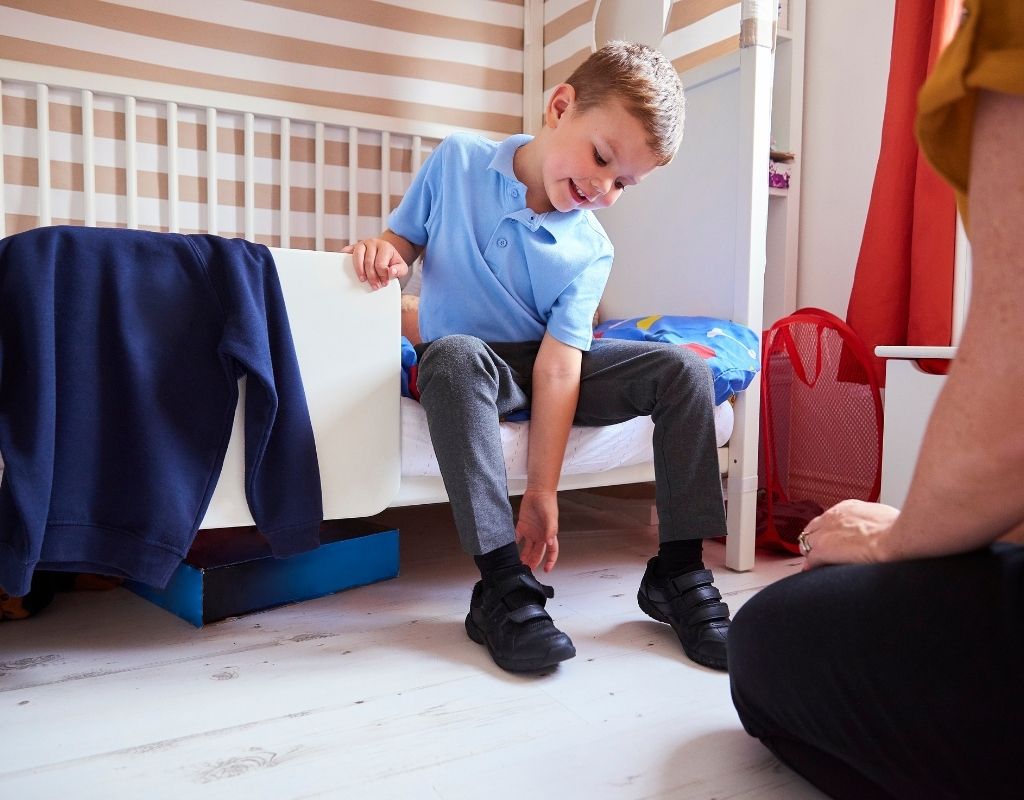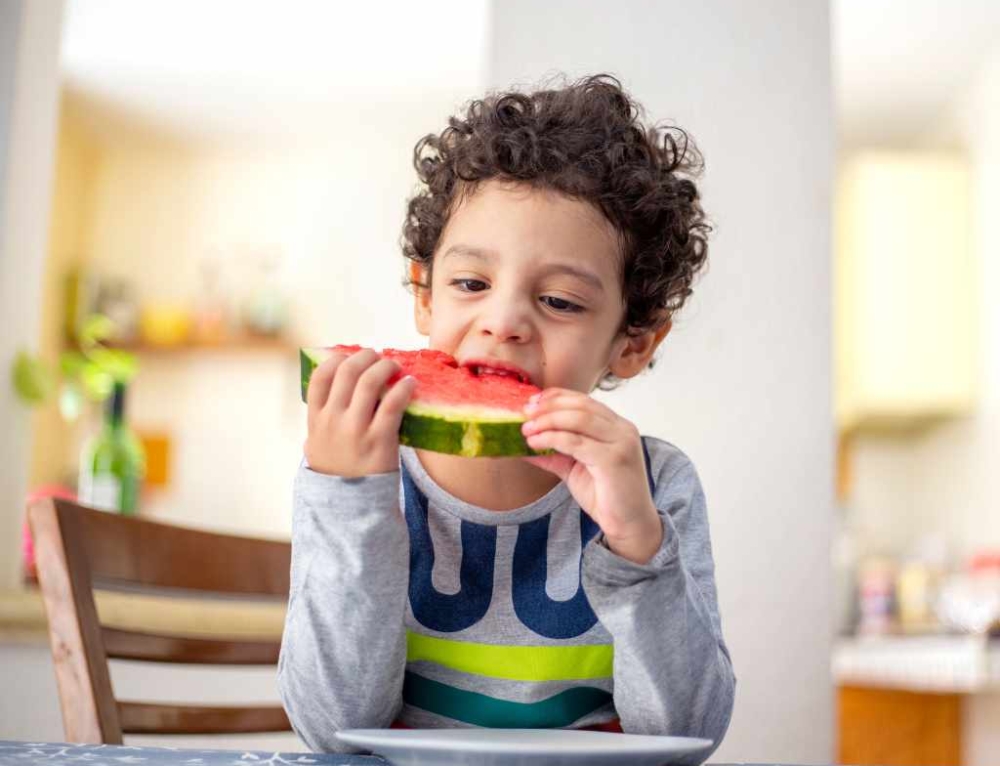Children spend around 30 hours a week in their school shoes, or more than 15,000 hours during their school years, so it’s vital they’re fitted properly.
In the first 11 years of a child’s life, feet will grow through around 17 shoe sizes, up until they’re 18 years of age, and ill-fitting shoes can lead to problems in adulthood, such as ingrown toenails, corns and bunions, which may even require surgery later in life.
Here are ten tips to buying perfectly fitting school shoes.
Make sure both feet are measured
Whether you measure your child’s feet in-store yourself, or a children’s shoe specialist does the job, make sure both feet are measured. Most children, and adults, will have one foot that is longer or wider, so it’s vital to check both feet. Don’t buy over-large shoes, as they can lead to injuries, and different lace-up techniques can alter the fit – something that’s always worth checking with a shoe fitter.
School shoe checklist
When fitting your child with new school shoes, here are some important points to remember:
- There should be a child’s thumb width between the end of the shoe and the end of the longest toe.
- The widest part of the foot should correspond with the widest part of the shoe.
- The fastening mechanism should hold the heel firmly in the back of the shoe.
- The sole should not twist.
- The heel should be snug but comfortable and the back part of the shoe strong and stable.
Kids’ feet are individual
Your children’s feet are still growing and the bones in their feet, still developing. Around half of kids will have flat feet and a fifth may have high arches. As such, shoes need to be stable with good cushioning, providing internal and external support. If you can, see a professional shoe fitter when buying school shoes, as manufacturers often make varying styles for different foot shapes.
Check for the toe wiggle
If you’re unsure whether new school shoes fit correctly or not, just check for the toe wiggle – your child should be able to move their toes freely, the shoes shouldn’t hurt and there should be no bulges from the toes on either side of the shoe.
Shoes will often last a school year
After the age of three your child’s foot will grow about half a size every six months, meaning that school shoes will generally last between nine months and a year, depending on quality and wear. However, if your child has a growth spurt during the school year, their feet may have shot up in size, too, so have them measured by a footwear fitter.
Quality shoes last longer
While school shoes are another necessary expense, bear in mind that buying better quality shoes might actually save you money, as they won’t wear down so easily and need to be replaced during the school year. Look for soles made from rubber and double-stitching around the toe area will give shoes a longer life.
Avoid slip-on shoes and hand-me-downs
For Trade Me-savvy parents, it’s also a sad fact that school shoes are one thing you shouldn’t buy second-hand online, or at garage sales, as a worn shoe will have moulded to the shape of the previous child’s foot and could cause problems for your child’s feet. Slip-on shoes are also not recommended for long-term use, with podiatrists advising lace-up, Velcro or buckle-up shoes for school-children.
Buy shoes at the end of the day
While you might decide to head out bright and early to get your child’s shoes fitted, bear in mind that it’s best to go during late afternoon, as children’s feet often get a little more swollen by the end of the day. That way, you’ll get school shoes fitted when your child’s feet are at their biggest.
Have growing pains checked out
In years gone by, children complaining of pain in the legs and feet would be told not to worry as it was just due to ‘growing pains’. Expert opinion has since changed, and podiatrists now recommend parents get any foot or leg pain checked out, as most foot pain in children is preventable.
Other things to look out for
While you might usually expect to only think about school shoes and your kids’ feet once a year, here’s a checklist of things to look out for, and see a podiatrist if necessary:
- Children complaining of pain in the feet, heel, knee or legs
- Unexplained tripping and falling (if it happens regularly)
- Uneven shoe wear, or one shoe that wears down before the other
- Skin or toenail irritation
This article was written by Joanna Bounds for Kidspot.
Read more on Kidspot:







Leave A Comment
You must be logged in to post a comment.